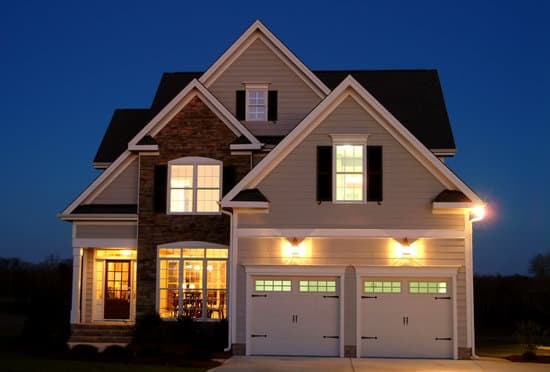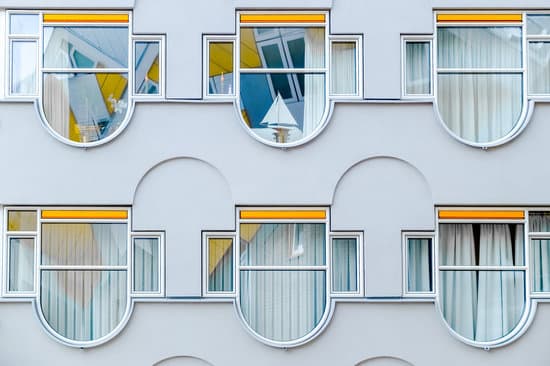The debate on using river rocks in fire pits
Fire pits have become a staple in outdoor entertaining, providing warmth and a cozy atmosphere for gatherings. One question that often arises during the planning process is the use of river rocks in the fire pit design. While some argue that river rocks add a natural aesthetic to the fire pit, others are concerned about safety issues. The debate on whether or not river rocks should be used in a fire pit is ongoing, with both sides providing valid arguments.Understanding the types of soft rocks
Soft rocks, such as sandstone, river rock, natural rock, and gravel, are often used in landscaping and hardscaping projects due to their natural beauty. However, these rocks are not created equally, and it is important to understand their composition before incorporating them into your fire pit design. Sandstone is a sedimentary rock made up of sand-sized grains cemented together with minerals, while river rock is formed from riverbeds and has rounded edges. Natural rock is a general term used to describe all types of rocks found in nature, and gravel is a mixture of different sized rocks.Why soft rocks are not suitable for direct contact with extreme temperatures
Despite their beauty, soft rocks are not recommended for direct contact with the extreme temperatures of a fire pit. These rocks can crack, explode or crumble under intense heat, causing harm and damage to property. Moreover, they may contain moisture, which can also lead to the rocks exploding when heated. In addition to safety concerns, soft rocks that are repeatedly exposed to the heat of a fire pit can weaken over time, reducing their lifespan and durability.Safe ways to incorporate soft rocks in your fire pit design
While direct contact with extreme temperatures is not recommended, there are safe ways to incorporate soft rocks into your fire pit design. You can use soft rocks as a base for the seating area around the fire pit or as decorative edging around the pit. Ensuring that there is enough space between the rocks and the fire will prevent them from cracking or exploding. Additionally, building a secondary layer of fire-proof material, such as fire bricks or concrete blocks, between the soft rocks and the heat source will help to alleviate potential safety hazards. Some safe ways to use river rocks in your fire pit design include:- Using river rocks as a decorative element on the outside of the fire pit
- Using river rocks as a base for the seating area around the fire pit
- Using river rocks as a buffer between the heat source and any combustible materials
Alternatives to river rocks for fire pit bases
If you are still concerned about using soft rocks in your fire pit design, there are alternatives to consider. Hard rocks such as granite or lava rock are durable and can withstand high temperatures without cracking or exploding. Fire bricks or concrete blocks are also excellent alternatives for building a fire pit base as they are made to withstand high temperatures and provide insulation from the heat, making them a safer option than soft rocks.How to determine if your chosen rocks are safe for your fire pit
It is important to determine whether your chosen rocks are safe for use in your fire pit. You can test your rocks by heating them up to the temperatures of the fire pit and observing if there are any cracks or changes in the rock’s appearance. Additionally, consulting with a professional is recommended to get a better assessment of the suitability of the rocks and to make sure that your fire pit design meets proper building codes and safety standards.Best practices for incorporating rocks in fire pit seating areas
Using rocks for the seating area around your fire pit is a popular option, providing a natural and comfortable atmosphere for guests. However, it is important to follow best practices for incorporating rocks into the seating area to ensure safety. Best practices for incorporating rocks in fire pit seating areas include:- Using soft rocks as a base and hard rocks as the surface layer
- Making sure the rocks are stable and in place, reducing the risk of tripping or shifting
- Providing ample space between the rocks and the fire pit to avoid overheating
- Ensuring that the length of the seating area is not too close to the fire for safety purposes


















